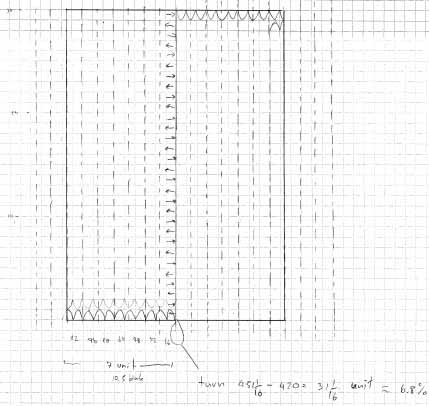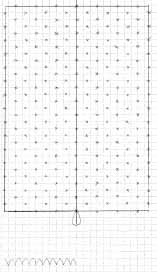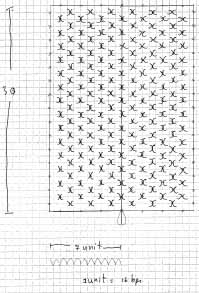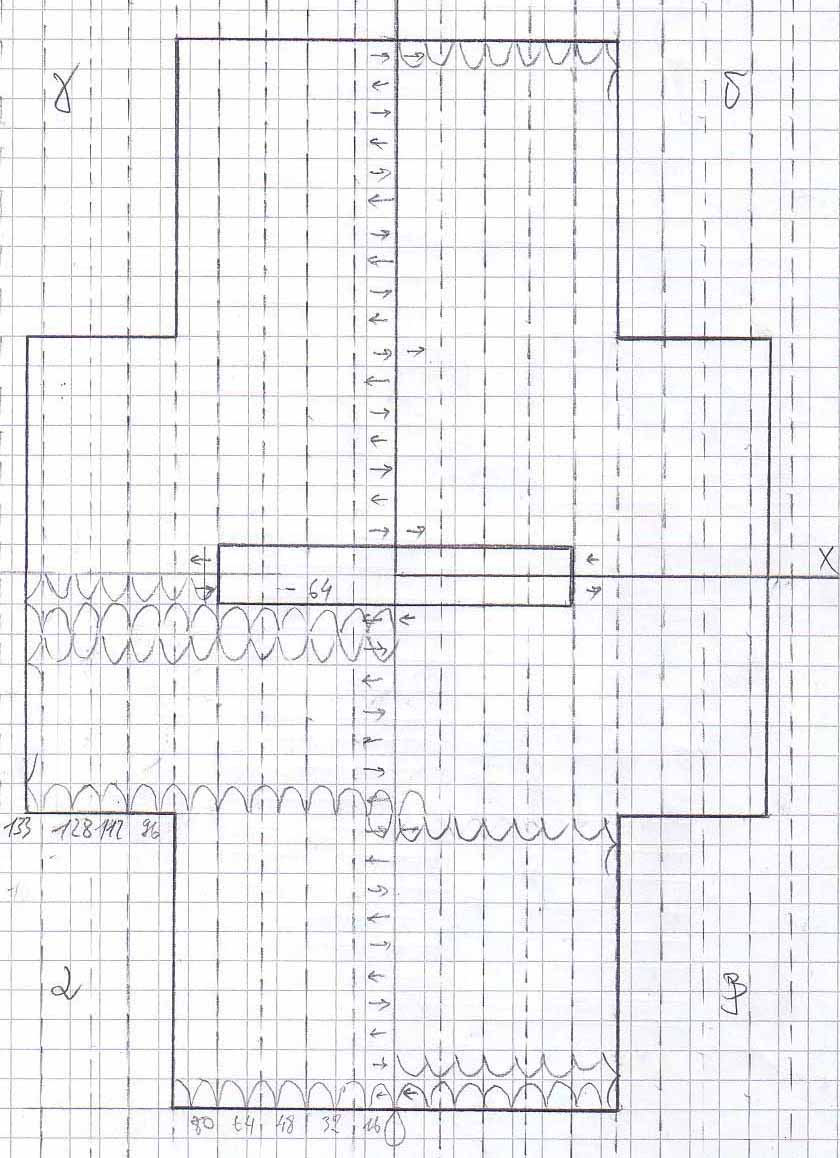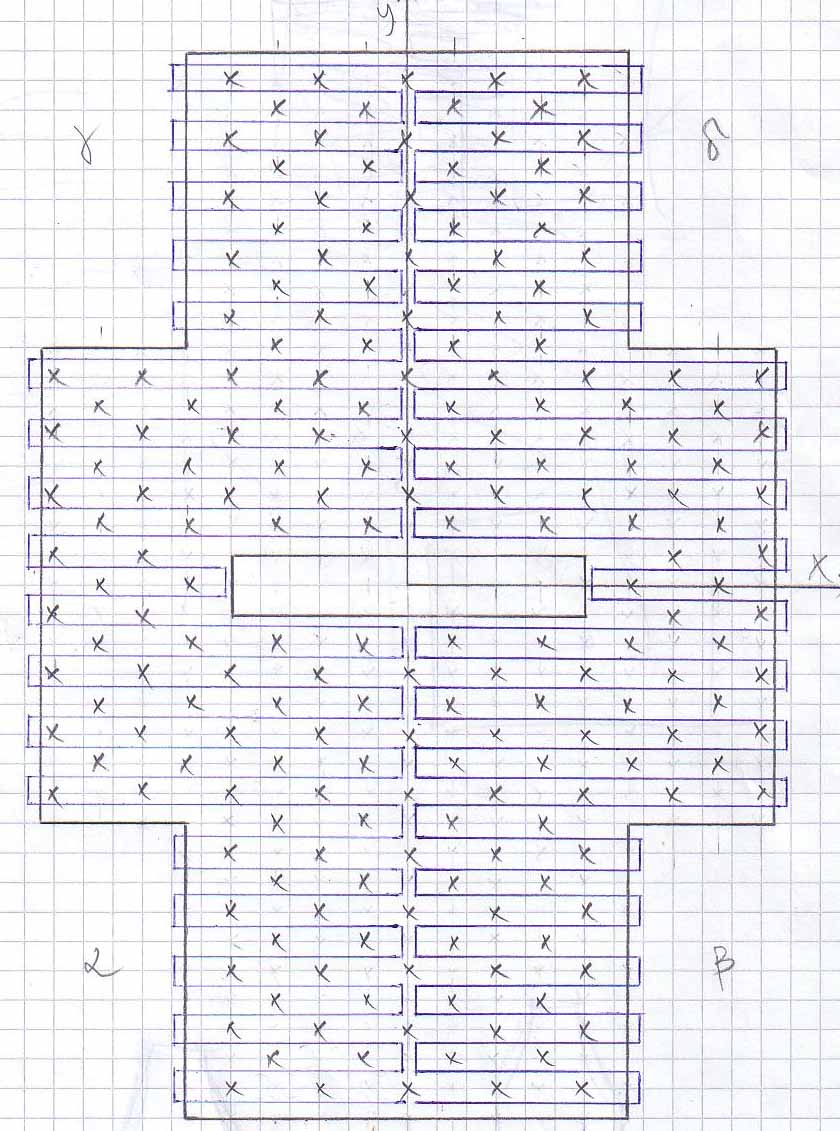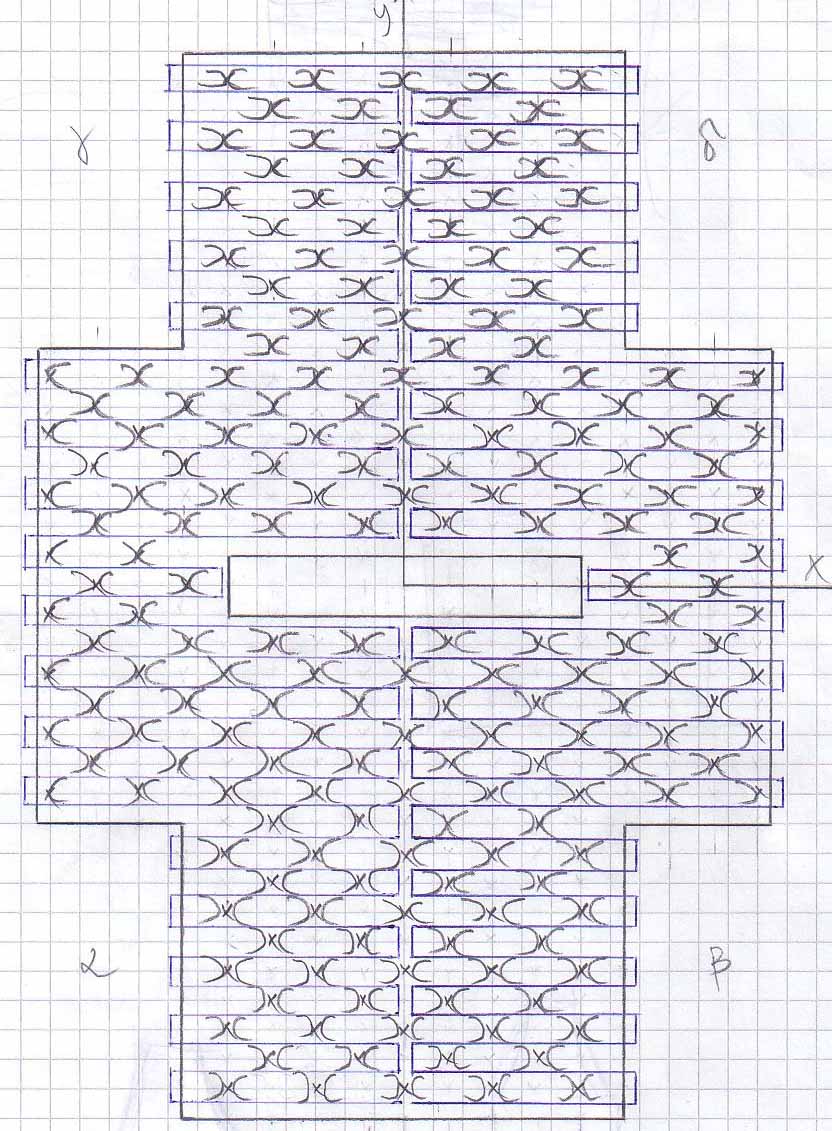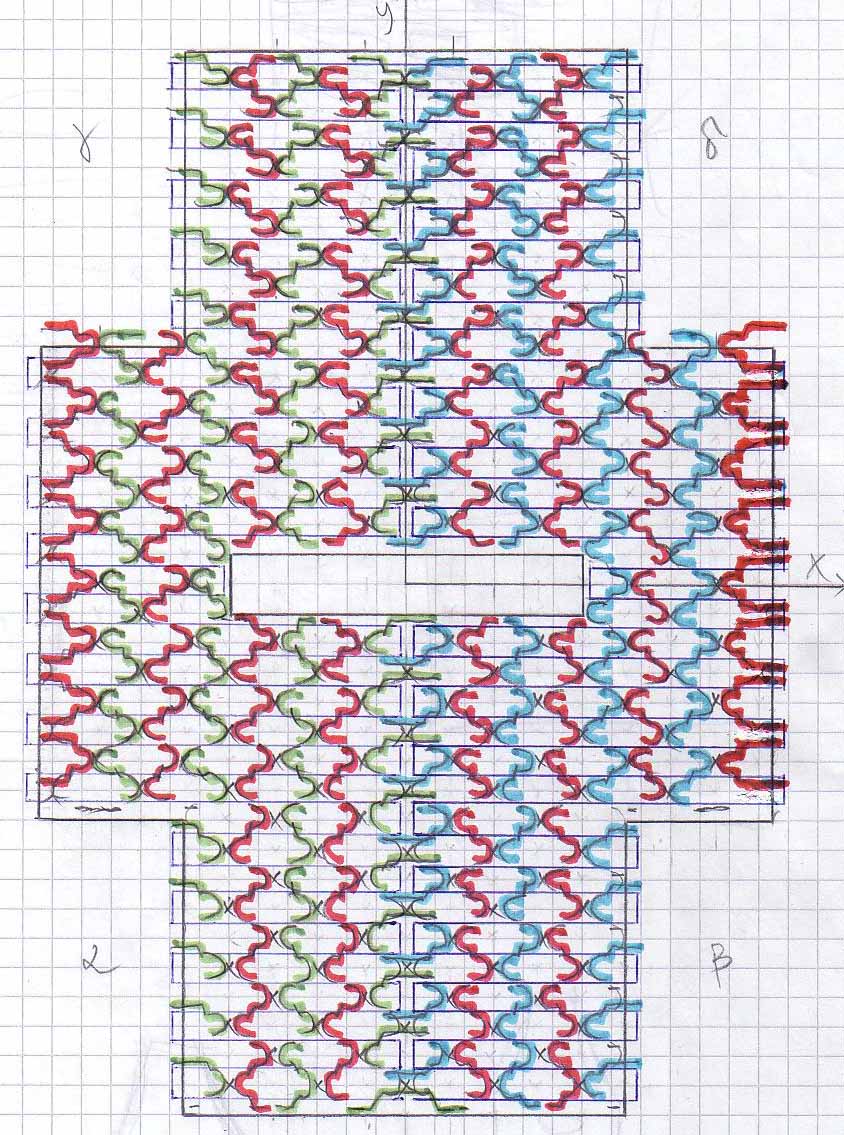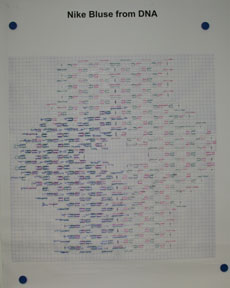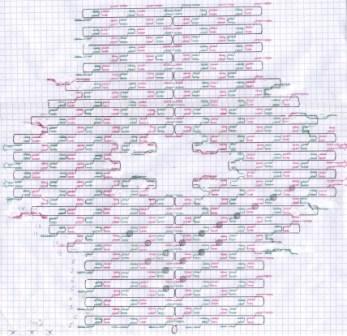Freiburg University 2006
From 2006.igem.org
| Line 13: | Line 13: | ||
== The Team == | == The Team == | ||
| - | Students | + | ====Students==== |
*[[User:Daniel_Hautzinger|Daniel Hautzinger]] | *[[User:Daniel_Hautzinger|Daniel Hautzinger]] | ||
*[[User:Marc_Wilnauer|Marc Wilnauer]] | *[[User:Marc_Wilnauer|Marc Wilnauer]] | ||
| Line 21: | Line 21: | ||
*[[User:Mona_Klein|Mona Klein]] | *[[User:Mona_Klein|Mona Klein]] | ||
| - | iGEM instructor | + | ====iGEM instructor==== |
*[[User:Andrei_Kouznetsov|Andrei Kouznetsov]] | *[[User:Andrei_Kouznetsov|Andrei Kouznetsov]] | ||
| - | Faculty/staff | + | ====Faculty/staff==== |
*[[User:Svetlana_Santer|Svetlana Santer]] | *[[User:Svetlana_Santer|Svetlana Santer]] | ||
== The project: DNA Folding== | == The project: DNA Folding== | ||
| - | ===Basic Idea | + | ===Basic Idea=== |
====Abstract==== | ====Abstract==== | ||
| Line 78: | Line 78: | ||
* [http://omnibus.uni-freiburg.de/~kouznet/GS-design.pdf Genetic systems design from the DNA modules] | * [http://omnibus.uni-freiburg.de/~kouznet/GS-design.pdf Genetic systems design from the DNA modules] | ||
| - | == Old project | + | == Old project ideas== |
| - | + | ||
| - | + | ||
| - | + | ||
| - | + | ||
| - | + | ||
| - | + | ||
| - | + | ||
| - | + | ||
| - | + | ||
| - | + | ||
| - | + | ||
| - | + | ||
| - | + | ||
| - | + | ||
| - | + | ||
| - | + | ||
| - | + | ||
| - | + | ||
| - | + | ||
| - | + | ||
| - | + | ||
| - | + | ||
| - | + | ||
| - | + | ||
| - | + | ||
| - | + | ||
| - | + | ||
| - | + | ||
| - | + | ||
| - | + | ||
| - | + | ||
| - | + | ||
| - | + | ||
| - | + | ||
| - | + | ||
| - | + | ||
| - | + | ||
| - | + | ||
| - | + | ||
| - | + | ||
| - | + | ||
| - | + | ||
| - | + | ||
| - | + | ||
| - | + | ||
| - | + | ||
| - | + | ||
| - | + | ||
| - | + | ||
| - | + | ||
| + | * [[Life_6000 Life with a price of 6000 €]] | ||
== Hey Mutant, have a look! == | == Hey Mutant, have a look! == | ||
Revision as of 21:07, 28 August 2006
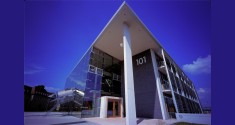
This term was invented by Martin Schneider on the Rule 110 Winter Workshop in 2004 [1]. We play without rules. We discover the rules that govern life, the universe and everything to exploit these rules and to create Artificial Life. Our short-time aim is the trip to Boston in November 2006 to take a prize in the iGEM.
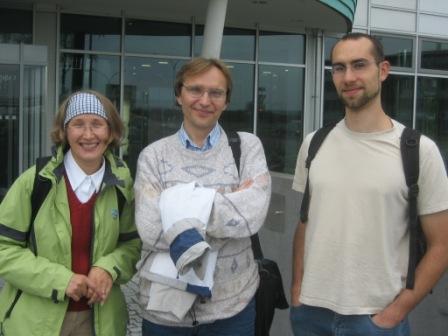
The Freiburg Team (well, at least half of it...) from left to right: Irina Petrova, Andrei Kouznetsov, Daniel Hautzinger.
Contents |
The Team
Students
iGEM instructor
Faculty/staff
The project: DNA Folding
Basic Idea
Abstract
The idea is to design a strand of DNA such that it wraps into some meaningful shape. There are three different stages for this project: First, the DNA should fold into a two-dimensional rectangular sheet. Secondly, this sheet should wrap itself up into the shape of a short pipe. And last, these little pipes should hook themselves up to each other such that they form one single long pipe.
Scetches - Pipes
The DNA sequence for the Pipes design can be found here.
Application: Barbie Nanoatelier
Once the process of DNA folding into 3D-structures is understood, shapes can be chosen arbitrarily. The idea of the Barbie Nanoatelier is that the DNA should wrap into a 3D-TShirt, 3D-Pants, etc.
Scetches - TShirt
Scetches - Bluse
The DNA sequence for the Bluse design can be found here.
GEM Freiburg
Club
SB Preliminary
- DNA plug-and-play platform 24.05.06 27.06.06
- Very Large-Scale Integration design in Biology
- Genetic systems design from the DNA modules
Old project ideas
Hey Mutant, have a look!
The easy and serious way
- George Church CONSTRUCTIVE BIOLOGY - a nice paper about the challenges of modern biology
- The webcast from SB2.0
These people do great things
Albert Libchaber [2]
Carlos Bustamante's lab [3]
David Deamer [4]
Eric Kool’s group [5]
Erik Winfree [6]
Fred Menger’s group [7]
Jack Szostak’s lab [8]
Norman Packard’s Protolife [9]
Pier Luigi Luisi’s group [10]
Radhika Nagpal [11]
Steven Benner’s group [12]
Local
An Analysis of Synthetic Biology Research in Europe and North America [13] DNA synthesis: ATG-Biosynthetics [14]
Bold text